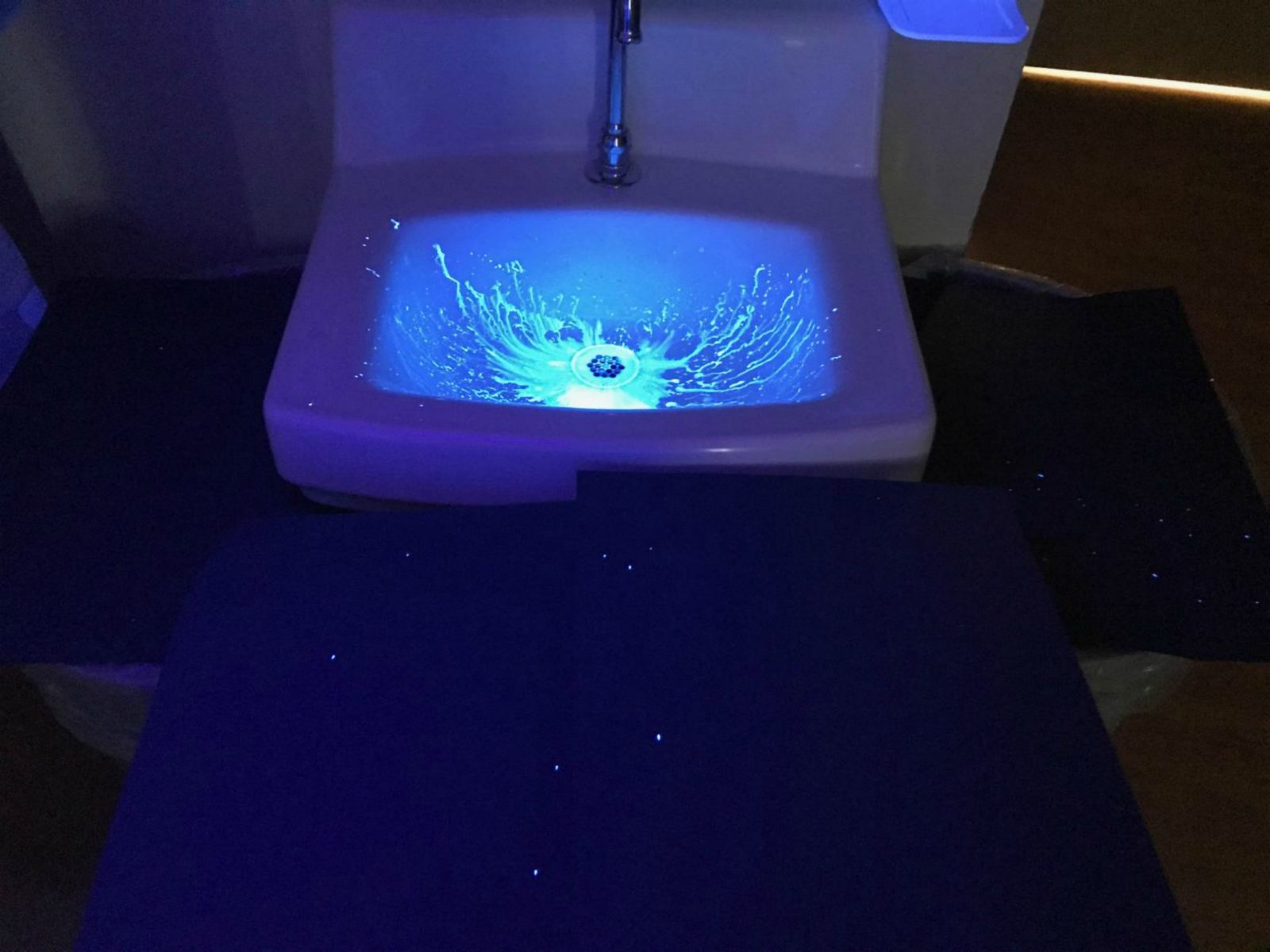
While proper hand washing with soap and warm water is fundamental in preventing the spread of infection in hospitals, it turns out the practice could actually be unintentionally spreading more bacteria and contaminants.
New research presented in Philadelphia at the 46th Annual Conference of the Association for Professionals in Infection Control and Epidemiology (APIC) shows that water splashing out of a sink when someone washes their hands could spread potentially harmful contaminants from dirty taps.
Researchers from the University of Michigan Health System assessed eight different designs across four intensive care units to evaluate how dirty sinks and taps were. They found that the shallow depth of the sink bowl allowed contaminated water to splash onto patient care items, the hands of health care professionals and into patient care spaces. Alarmingly, water could travel at a distance of more than four feet from the sink.
“The inside of faucets where you can’t clean were much dirtier than expected,” study author Kristen VanderElzen said in a statement. “Potentially hazardous germs in and around sinks present a quandary for infection preventionists, since having accessible sinks for hand washing is so integral to everything we promote.”

As a direct response to the results of the study, experts have started replacing faucets across the hospitals where the testing was carried out.
Read more: Hospital curtains a hotspot for drug-resistant bacteria: Study
Researchers used adenosine triphosphate (ATP) monitoring – a test used to detect actively growing microorganisms through presence of ATP – to identify the grime level of the sinks. Visible biofilm – which is a collection of microorganisms including bacteria and fungi – was associated with higher ATP readings.
It was also discovered that when samples were tested over the course of the study, they grew mould and other environmental organisms.
“As we learn more about the often stealthy ways in which germs can spread inside healthcare facilities, infection preventionists play an increasingly important role in healthcare facility design – including in the selection of sink and faucet fixtures – as this study illustrates,” APIC President Karen Hoffmann said.
“Because the healthcare environment can serve as a source of resistant organisms capable of causing dangerous infections, an organisation’s infection prevention and control program must ensure that measures are in place to reduce the risk of transmission from environmental sources and monitor compliance with those measures.”
It’s not the first study in recent times to highlight the risk of bacteria in hospitals. A 2018 study published in the American Journal of Infection Control found that hospital curtains may actually be harbouring dangerous germs.
Researchers discovered that curtains in the study had minimal contamination when they were first hung in patient rooms but over a two-week period, became increasingly contaminated. On the 14th day of the study, researchers discovered 87.5 per cent of the curtains tested positive to Staphylococcus aureus and had become resistant to medication used to treat the bacterial infection.
Meanwhile, another study found antibiotic-resistant superbugs were spreading through many hospitals around the world without detection, causing particular problems for patients who are immunocompromised or have prosthetic materials such as catheters or joint replacements implanted.